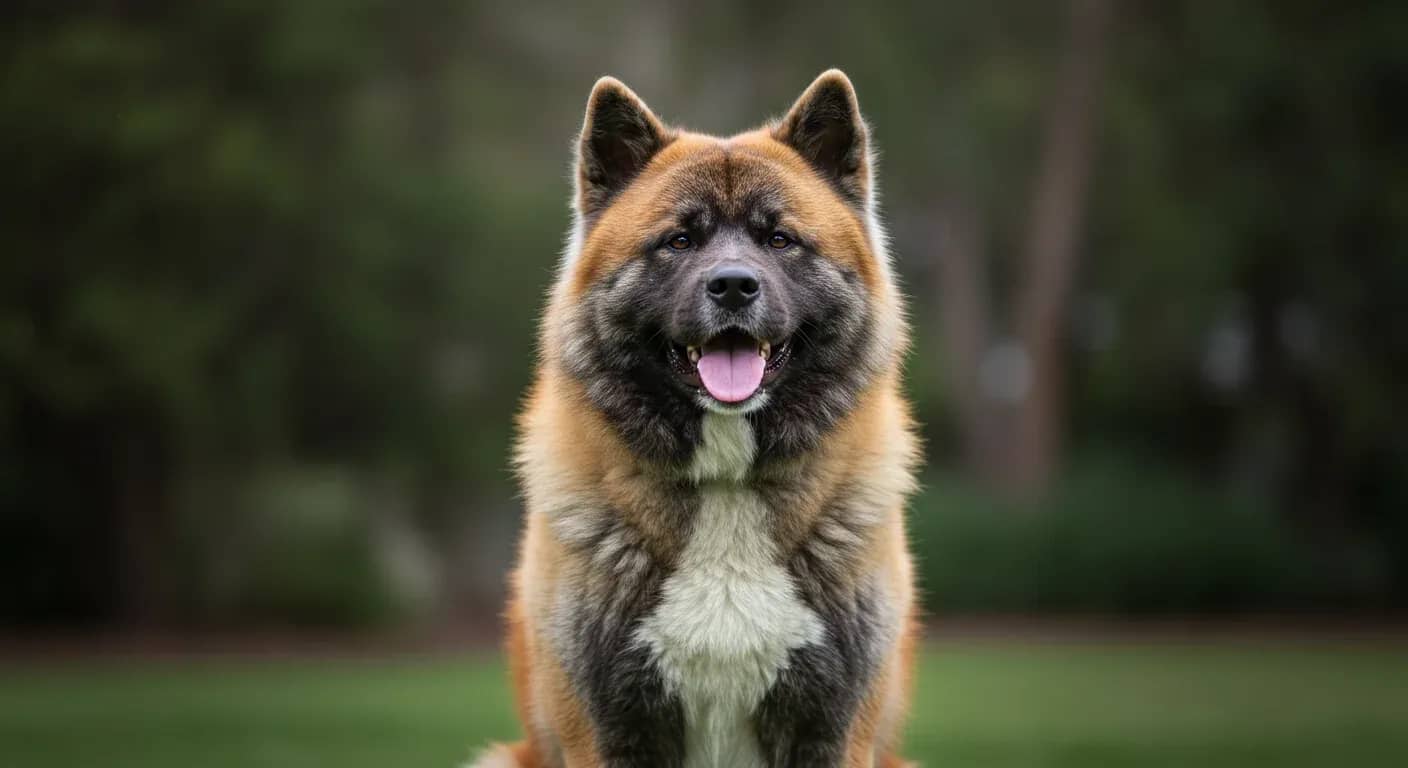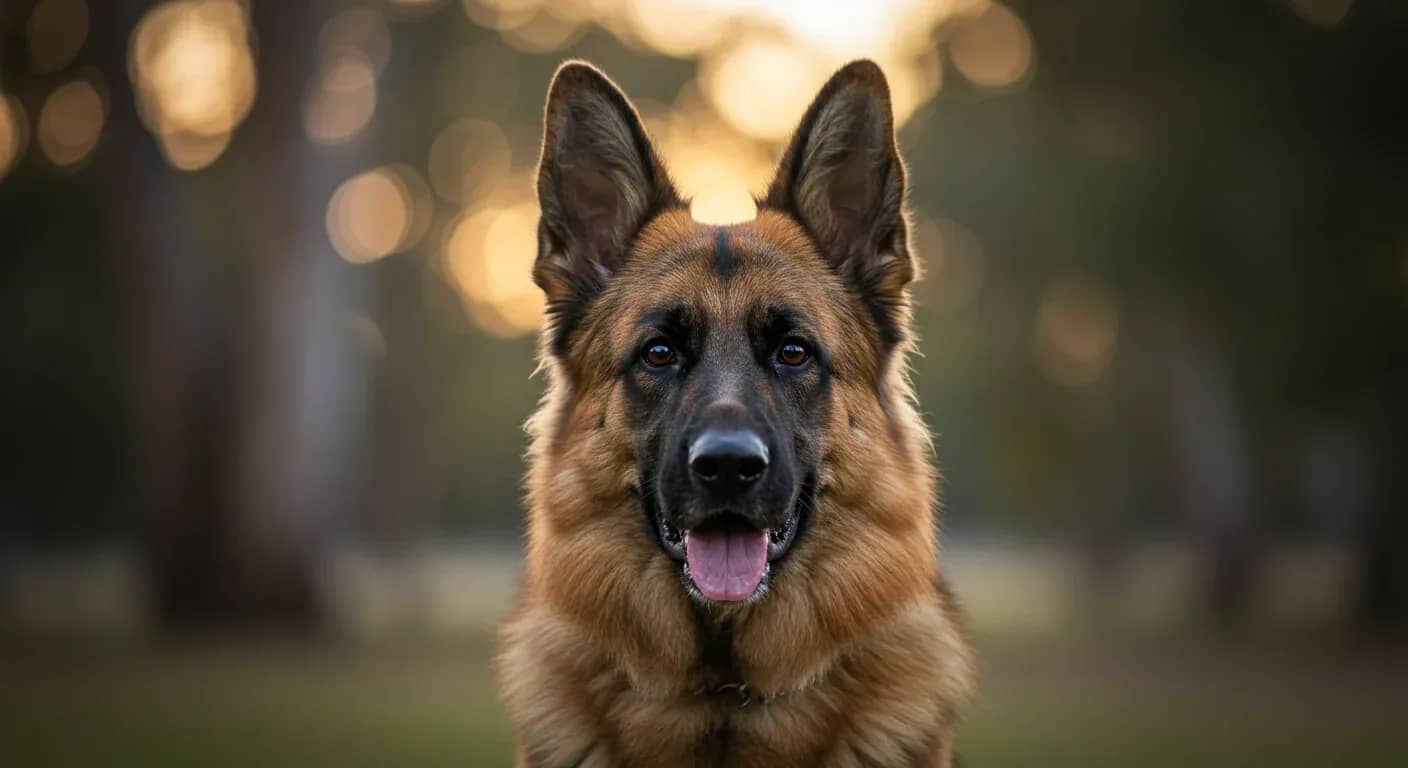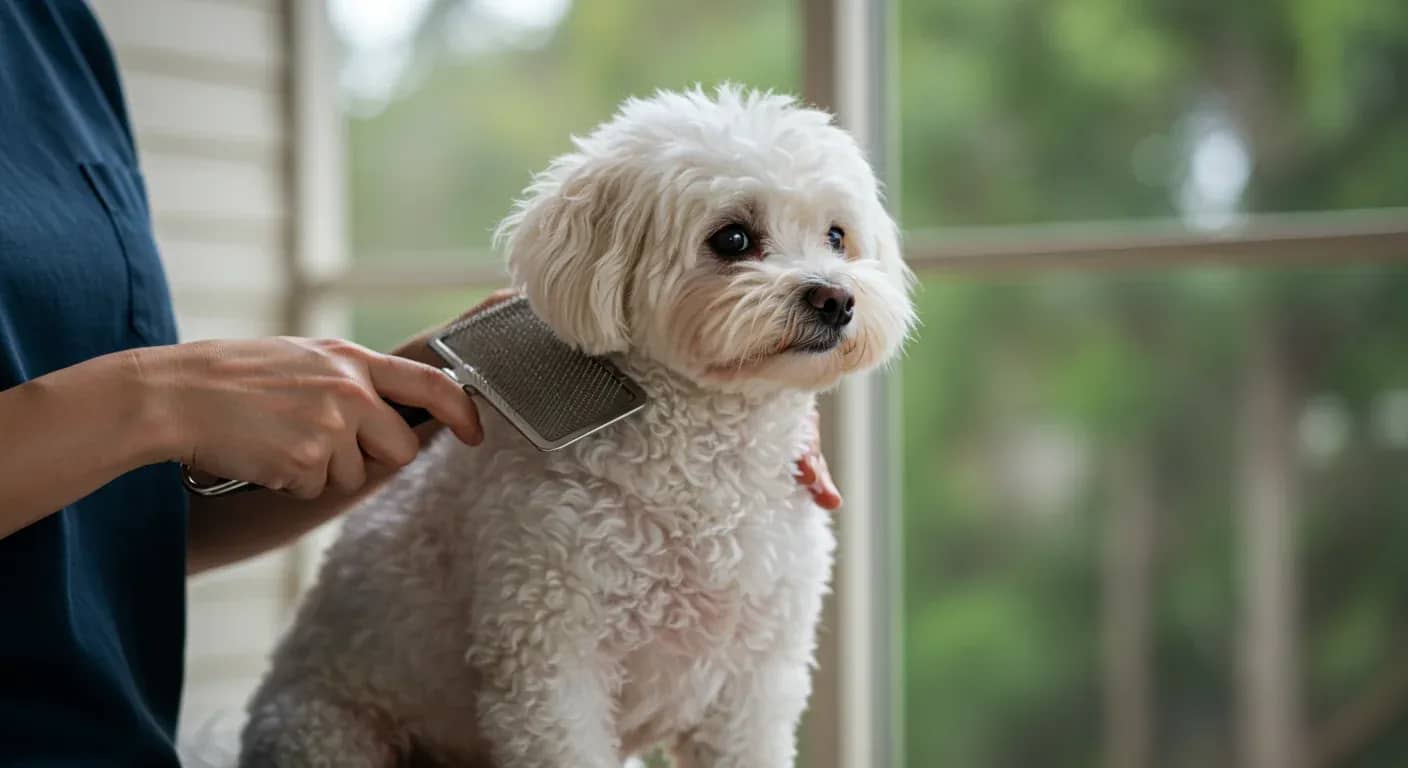At a glance
- Rubber brushes and soft-bristle brushes are the gentlest options for sensitive Bulldog skin
- Regular brushing 2-3 times per week helps control seasonal shedding and prevents skin issues
- Grooming gloves make the process enjoyable for dogs that resist traditional brushes
- Proper skin fold care during grooming prevents infections and odour buildup
You might notice your Bulldog shedding more during spring and autumn, or perhaps you've spotted some irritation around those adorable wrinkles. Many owners wonder which grooming tBulldogsl keep their dog comfortable while maintaining that smooth, shiny coat Bulldogs are known for.
When it comes to grooming these gentle giants, the wrong brush can turn a pleasant bonding experience into a struggle. Their short, fine coat lies close to the body, but underneath that smooth exterior is surprisingly sensitive skin that needs careful attention.
Understanding your dog's unique coat needs
Bulldogs have what groomers call a "smooth coat" - short, fine-textured hair that doesn't mat easily but still requires regular maintenance. Unlike breeds with thick double coats, these dogs are moderate shedders with seasonal peaks that can catch owners off guard.
The real challenge isn't just the hair itself. Their skin folds and wrinkles create warm, moist environments where bacteria and yeast can thrive if not properly maintained. Research shows that regular grooming helps distribute natural oils across the skin while removing dead hair and debris that can lead to odour and irritation.
During shedding seasons, you'll notice more loose hair around the house and on furniture. This is completely normal, but consistent brushing makes a significant difference in managing the hair before it ends up everywhere else.
Top brush recommendations for sensitive skin

Professional groomers consistently recommend four types of brushes for Bulldogs, each serving a specific purpose in maintaining coat and skin health.
Rubber brushes, particularly the Kong ZoomGroom, top most expert lists. The soft rubber nubs gently massage the skin while attracting loose hair through static electricity. "Rubber brushes are excellent for short-haired dogs," notes one grooming specialist. "The rubber nubs attract loose hair while gently massaging the skin, making grooming an enjoyable experience for your dog."
Soft-bristle brushes offer daily maintenance without irritation. The Burt's Bees Palm Brush with hemp bristles exemplifies this category, providing gentle smoothing action that adds natural shine. These brushes work particularly well for dogs with extra-sensitive skin, allowing daily grooming without discomfort.
For dogs that resist traditional brushing, grooming gloves transform the experience entirely. Products like the Artero Plis Plas or Furminator Dual Grooming Brush let you groom while petting, making the process feel like extended cuddle time rather than a chore.
Bath time essentials and technique

Bathing brushes serve a crucial role that many owners overlook. During monthly baths, these tools ensure shampoo reaches every part of the coat and, more importantly, help clean those essential skin folds where moisture can become trapped.
"During bath time a bathing brush is essential for getting into the coat and skin folds where moisture can get trapped," explains a professional groomer. "This tool ensures the shampoo is evenly distributed and your dog is clean and free from bacteria buildup."
The technique matters as much as the tool. Use gentle circular motions with rubber brushes, working from head to tail. Always brush in the direction of hair growth with bristle brushes to avoid discomfort. During baths, take extra time around facial folds and the tail area where debris commonly accumulates.
Creating an effective grooming routine
Most Bulldogs benefit from brushing two to three times per week, with increased frequency during spring and autumn shedding periods. This schedule prevents loose hair buildup while maintaining skin health through regular stimulation and oil distribution.
Between brushing sessions, quick daily checks of skin folds help prevent problems before they start. Use a damp cloth to gently clean fold areas, then dry thoroughly. Many owners find that applying a light deodorising product between baths helps maintain freshness.
Monthly baths with gentle, hydrating shampoo keep the coat clean without stripping natural oils. Follow up with a conditioner or leave-in treatment designed for sensitive skin. The key is thorough rinsing and complete drying, especially in fold areas where trapped moisture leads to infections.
Solving common grooming challenges
Skin irritation during grooming usually indicates the brush is too harsh or the technique needs adjustment. Switch to softer bristles or reduce pressure if you notice redness or your dog showing discomfort. Sometimes the issue is frequency rather than technique - over-brushing can irritate even the gentlest tools.
Persistent odour despite regular grooming often points to fold dermatitis or yeast infections. These conditions require veterinary attention, but proper grooming helps prevent recurrence. Focus on keeping folds clean and completely dry after every bath or cleaning session.
Dogs that resist grooming benefit from gradual introduction and positive associations. Start with short sessions using treats and praise. Grooming gloves often work better than traditional brushes for anxious dogs, since the petting motion feels more natural and comforting.
When to seek professional help
While regular home grooming handles most maintenance needs, certain situations warrant professional intervention. Persistent skin irritation, unusual odour that doesn't respond to cleaning, or excessive shedding outside normal seasonal patterns should prompt a veterinary consultation.
Professional groomers can also demonstrate proper technique if you're struggling with the process. Many offer "owner education" sessions where they show you exactly how to brush effectively and clean skin folds safely.
Watch for signs that your current routine isn't working: increased scratching, red or inflamed skin, strong odour despite regular cleaning, or your dog becoming increasingly resistant to grooming. These indicators suggest either a technique adjustment or underlying health issue that needs attention.
The right brush makes grooming a pleasant experience for both you and your dog. Start with gentle options like rubber brushes or soft bristles, establish a consistent routine, and pay special attention to those characteristic folds that make these dogs so endearing. With proper tools and technique, you'll maintain not just a beautiful coat, but healthy, comfortable skin that keeps your companion happy and odour-free.



